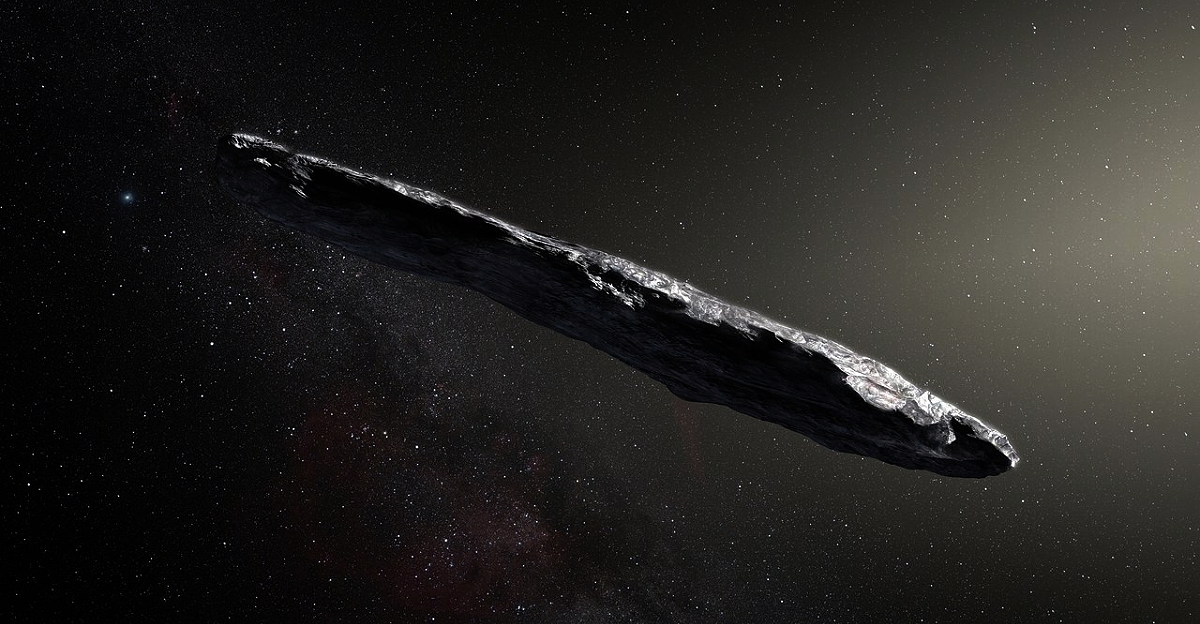
The fastest known interstellar comet, 3I/ATLAS, was found on July 1, 2025, and is traveling through our solar system at about 130,000 mph. In contrast to comets that are typically known to have icy compositions, 3I/ATLAS displays an unusual metal signature. Its coma contains a significant amount of atomic nickel, but it is noticeably devoid of iron vapor, which challenges the conventional wisdom that comets outgas roughly equal amounts of nickel to iron.
The Very Large Telescope (VLT) made this discovery, and several other instruments, including the James Webb Space Telescope (JWST), confirmed it. Given its high speed, peculiar chemical signatures (such as high carbon dioxide to water vapor ratios), and notable metal emissions, the comet may have formed in the thick disk of the Milky Way under exceptional circumstances and is even older than the Sun.
Historical Interstellar Object Detection
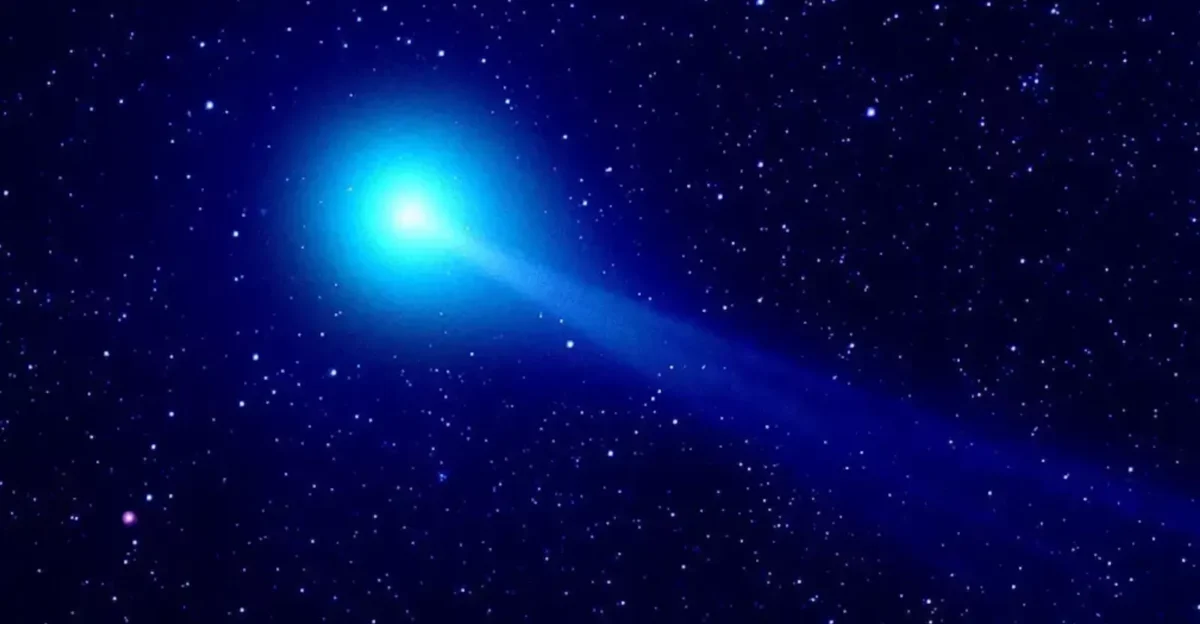
Only two interstellar objects were identified as traveling through our solar system prior to 3I/ATLAS: the comet 2I/Borisov in 2019 and the cigar-shaped 1I/’Oumuamua in 2017. Both Borisov and 3I/ATLAS showed cometary activity with outgassing, in contrast to the rocky ‘Oumuamua. Although the discovery of metals like nickel in comets is not new, the patterns discovered in 3I/ATLAS mark a new frontier in our knowledge.
Metals like nickel and iron require intense heating to vaporize, so early spectroscopic observations of solar system comets hardly ever revealed metals in their comas unless they were close to the Sun. Our knowledge was broadened when metallic atoms were found in the icy coma of interstellar comets, connecting the composition of these objects to their extra-solar origin regions.
Chemical Anomalies in 3I/ATLAS

A coma rich in atomic nickel but unusually lacking in iron vapor is seen in 3I/ATLAS, which is unusual because these metals usually co-occur. As the comet got closer to the Sun, the emission of nickel increased quickly, reaching 4.6 grams per second, and cyanide gases were also detected.
The presence of nickel in volatile organic compounds like nickel tetracarbonyl, a carbonyl complex that can sublimate at lower temperatures, is suggested by the metallic vapor release that occurs far from the Sun, which contradicts traditional comet outgassing models that depended on thermal sublimation thresholds. This might indicate previously unidentified cometary material formation conditions or unidentified chemical processes occurring in interstellar environments.
Speed and Physical Features
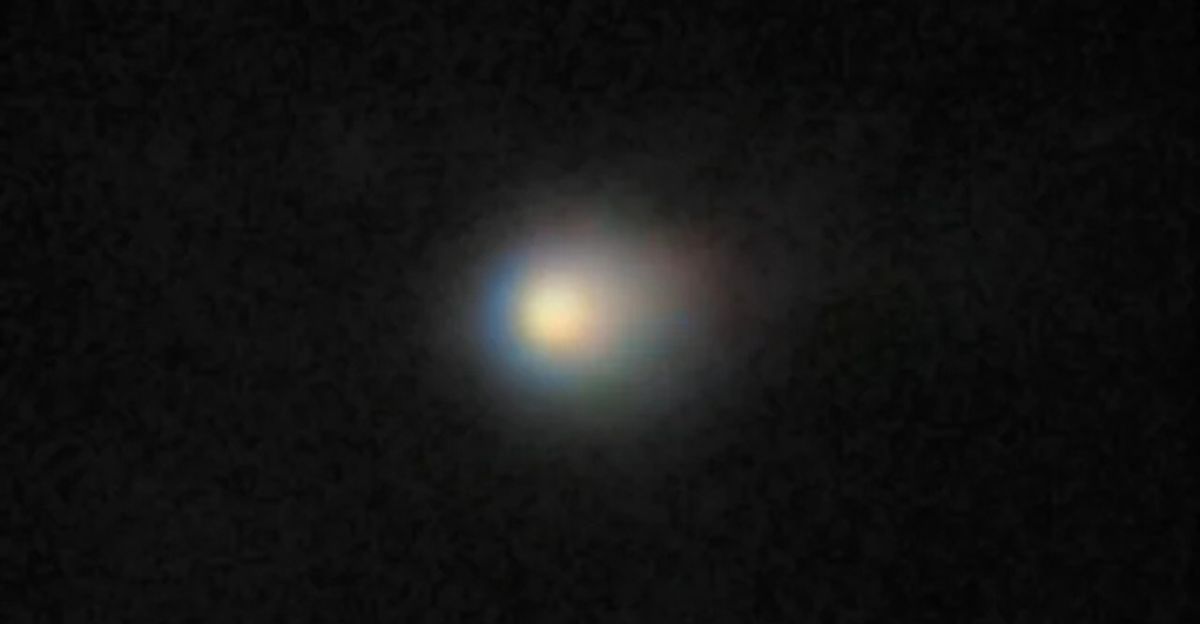
With a velocity roughly twice that of its predecessors and a trajectory that is almost perpendicular to what would be predicted from random interstellar visitors, 3I/ATLAS is currently the fastest interstellar object ever observed. Due to outgassing-related observational difficulties, estimates of the nucleus’s size vary greatly, but it may be as large as 12 miles across, making it the largest known interstellar visitor.
Its size, speed, and retrograde orbit that lines up with the plane of the solar system suggest a complicated dynamical history that may have been influenced by gravitational interactions inside the galaxy prior to its journey.
The Function of Radiation Exposure and Carbon Dioxide
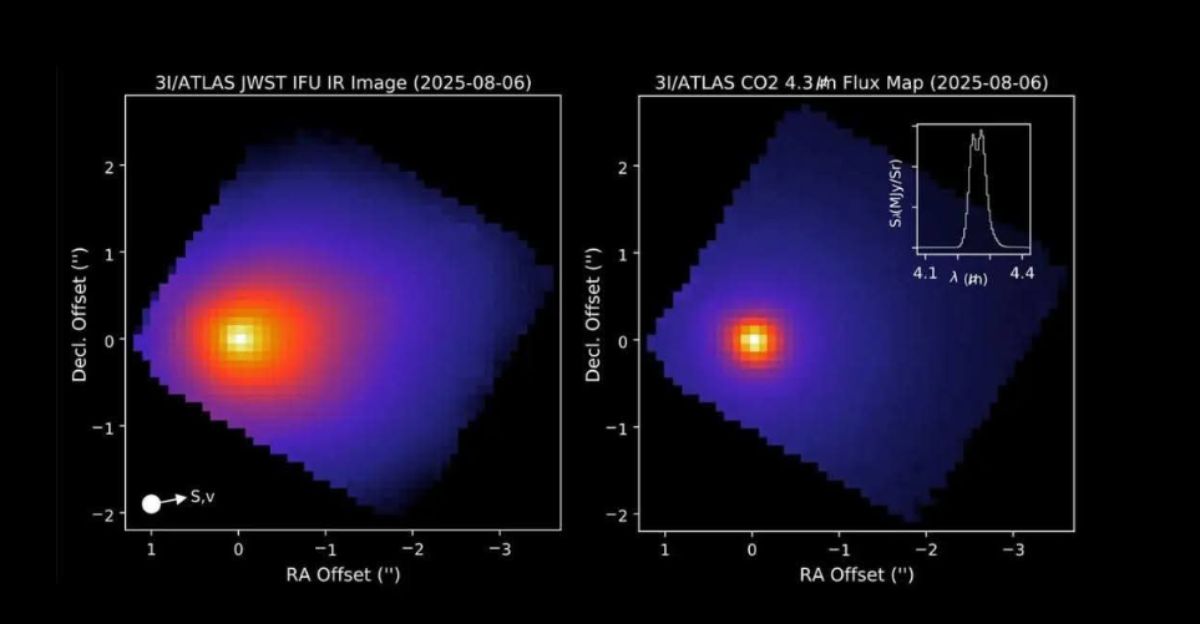
3I/ATLAS exhibits a high carbon dioxide to water vapor ratio, up to 8:1 as measured by JWST and SPHEREx, one of the highest ever recorded in a comet’s coma, in contrast to many solar system comets that are dominated by water ice sublimation.
This peculiar chemistry implies that the composition of the nucleus is changed by ices exposed to increased radiation. In conjunction with metal emission, this ratio suggests that 3I/ATLAS might have formed nearer a carbon dioxide ice line in its parent protoplanetary disk or survived harsher radiation field environments, providing hints about the chemistry of the stellar system.
The Potential for an Artificial Origin

The fast speed, strange chemical signature, and pure nickel vapor emission without accompanying iron have sparked conjecture regarding 3I/ATLAS’spossibleartificial origins. Some have suggested that the unusual metal signature is consistent with metallic debris or probes from extraterrestrial technology, while mainstream science stresses natural origins based on observed particle emissions and orbital mechanics.
Even though this is still unproven and debatable, considering this alternative theory is a challenging intellectual exercise that makes us reevaluate our presumptions regarding extrastellar visitors and their observable signs.
Historical Comparisons of the Composition of Meteorites and Asteroids
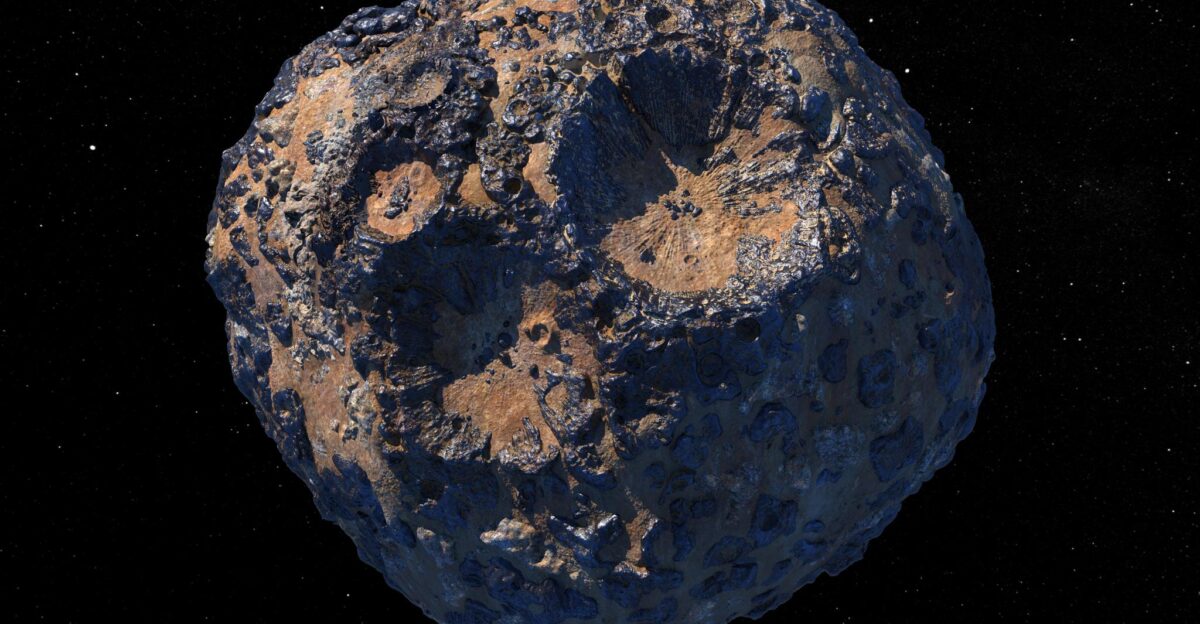
Our knowledge of planetesimal formation has historically been influenced by meteorites and metal-rich asteroids, particularly those found in the central asteroid belt of our solar system, such as Psyche. Psyche is a massive M-type asteroid that is thought to be a remnant of the planetary core and is primarily made of iron and nickel.
This tidy classification is called into question by the discovery of metal-rich comets, which broaden the classification of celestial bodies. Interstellar planetesimals may form or evolve under drastically different conditions than solar system objects, according to the unusual metal profile of 3I/ATLAS. This theory has wide-ranging implications for exoplanetary science.
Consequences for Comet and Asteroid Mining

Unpredictable possibilities for the future use of space resources are raised by the discovery of unusual metals in interstellar comets such as 3I/ATLAS. Beyond the usual asteroid belt sources, interstellar objects may become prime targets for extraterrestrial mining if they contain unusual metal signatures or compounds.
Gaining knowledge of their volatilities and compositions, like that of nickel tetracarbonyl, could lead to new developments in extraction technologies. The economic and scientific scope of asteroid mining endeavors could also be expanded by the possibility that 3I/ATLAS-like bodies could serve as analogs for materials from planetary systems with special resources.
Problems with Data Detection and Interpretation
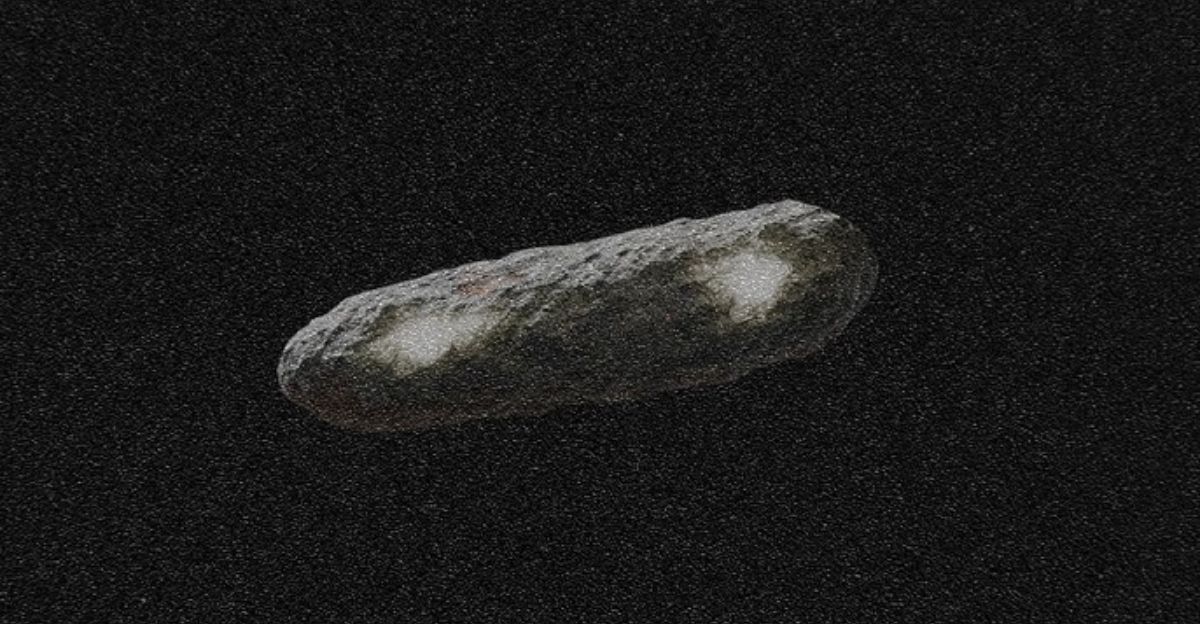
Because of their high velocities, small sizes, and short visibility windows, interstellar comets continue to present significant observational challenges. Because outgassing obscured physical measurements, it was tough to estimate the size of the nucleus for 3I/ATLAS.
It takes a sophisticated interpretation of spectral data to distinguish absolute metal emissions from interference or noise. Furthermore, sample sizes for statistical confidence are constrained by the rarity of interstellar visitors. To gain a deeper understanding of these mysterious extraterrestrial messengers, these challenges necessitate the use of highly advanced instrumentation such as VLT, JWST, and future observatories.
Examining the Metal Outgassing Geochemical Model
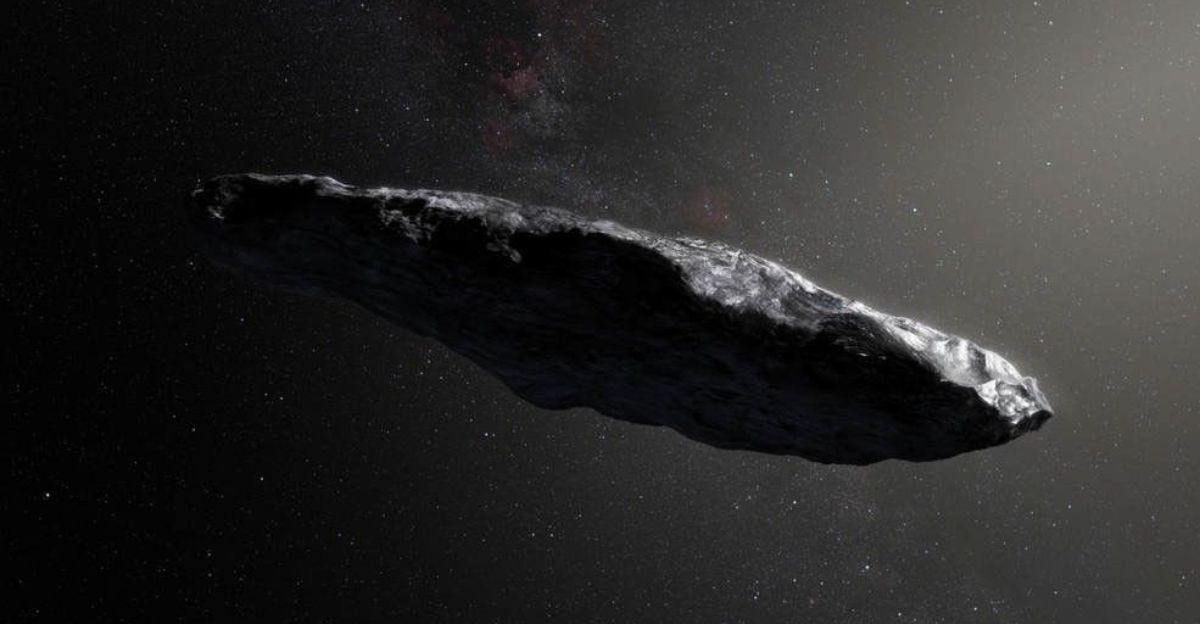
A new geochemical formation or evolutionary route, potentially involving space weathering and the chemical breakdown of organic-nickel compounds, is suggested by the presence of metallic nickel without iron in 3I/ATLAS. The ability of carbonyl complexes, like nickel tetracarbonyl, to sublime at low temperatures offers a tenable explanation for the release of metal vapor far from the Sun.
This presents a paradigm that could revolutionize comet sciences by regulating metal outgassing less by thermal extremes and more by molecular chemistry influenced by cosmic radiation and interstellar environmental conditions.
Galactic Origins and Timeline Hypotheses
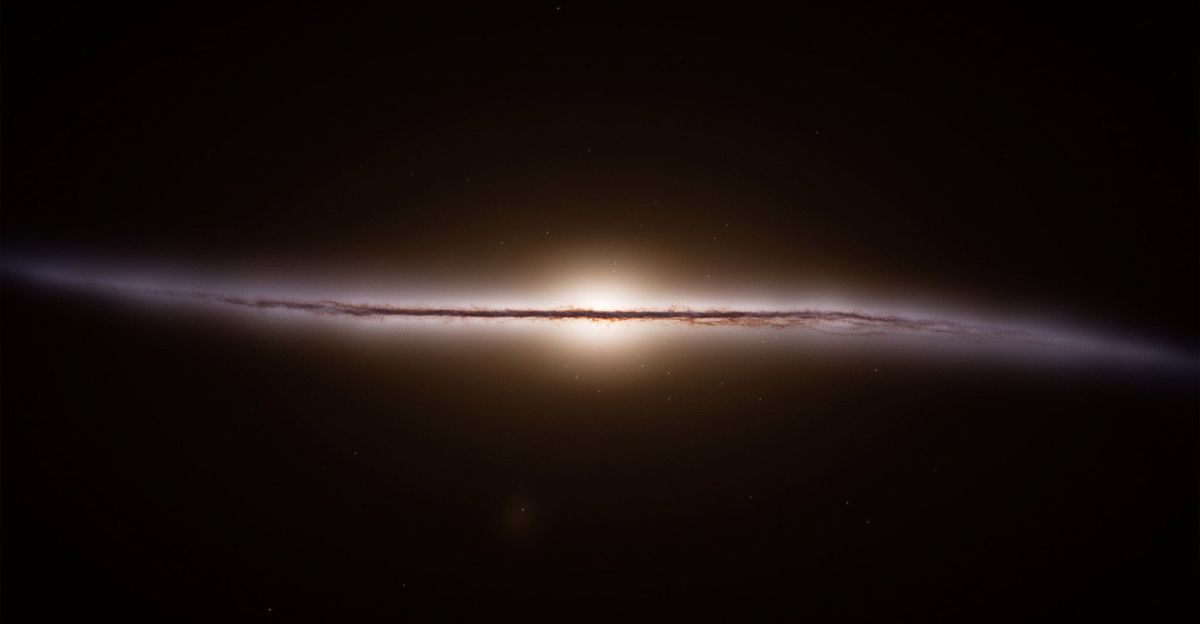
The thick disk of the Milky Way, which is home to older stars with different metallicities and radiation histories than the thin disk where the Sun resides, is where 3I/ATLAS originated, according to analysis of its orbit and stellar neighborhood. If verified, this suggests that 3I/ATLAS may be older than the solar system and contain physical and chemical remnants of a prehistoric cosmic setting.
Astronomers can examine stellar system formation and evolution scenarios that predate the birth of our own system and pose inquiries regarding the diversity of planetesimal compositions thanks to this temporal depth, which provides a unique sample of galactic history.
Possible Effects of the Second and Third Orders in Science and Technology
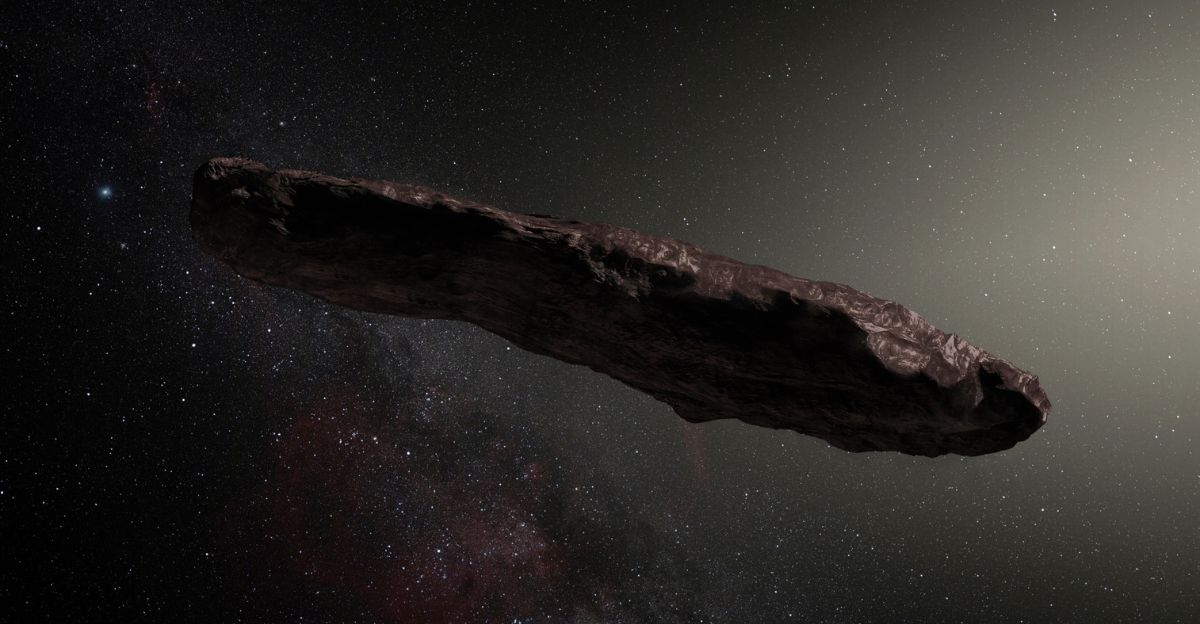
Planetary science may modify models of planet formation with different metallic histories, while astrochemistry may redefine cometary physics as a result of the discovery of 3I/ATLAS’s unusual metallic signature. Discovering naturally occurring carbonyl-metal complexes that are stable in space environments could serve as a technological inspiration for new materials science.
Philosophically and culturally, it broadens our knowledge of the diversity of the cosmos and casts doubt on presumptions about interstellar matter, which may have an impact on how we approach the search for extraterrestrial life and technology.
Integration with Existential Reflection and Mindfulness
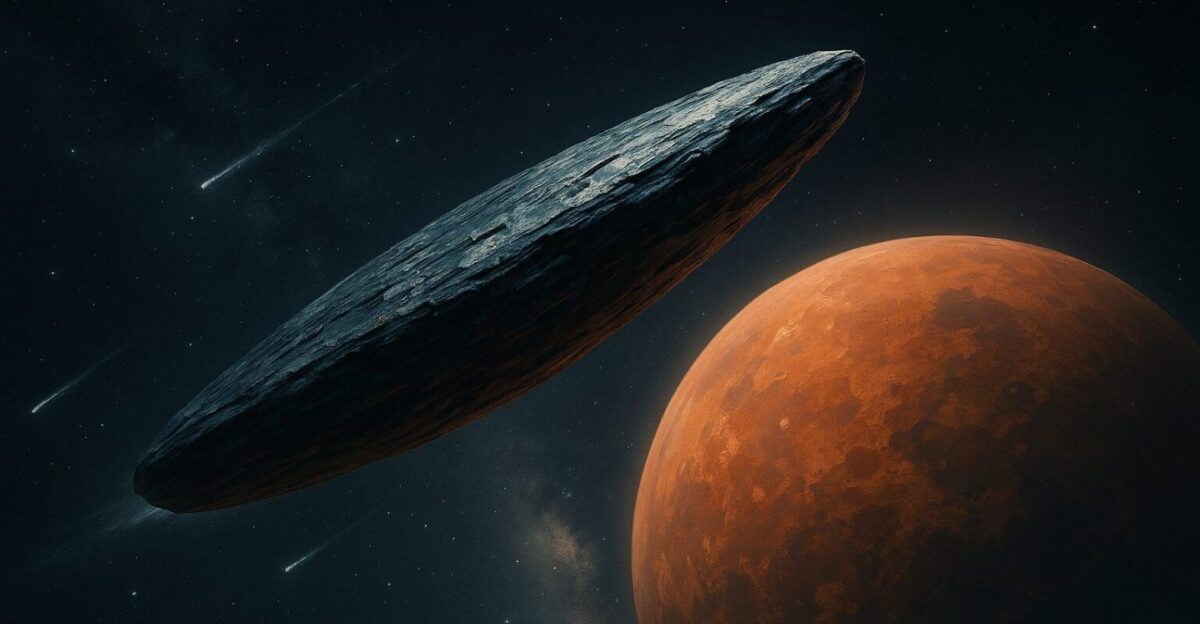
Beyond simple science, the 3I/ATLAS story encourages reflection on the role of humanity in the universe. We are reminded of enormous time scales and unidentified origins by the comet’s ancient materials that were formed in alien environments as it hurtles into our awareness. This can promote mindfulness exercises that emphasize being receptive to new ideas and thinking about how interconnected everything is, even outside of our solar system.
By incorporating philosophical and emotional elements, these narratives improve science communication and raise public interest in space exploration.
3I/ATLAS Comparing Comets in the Solar System
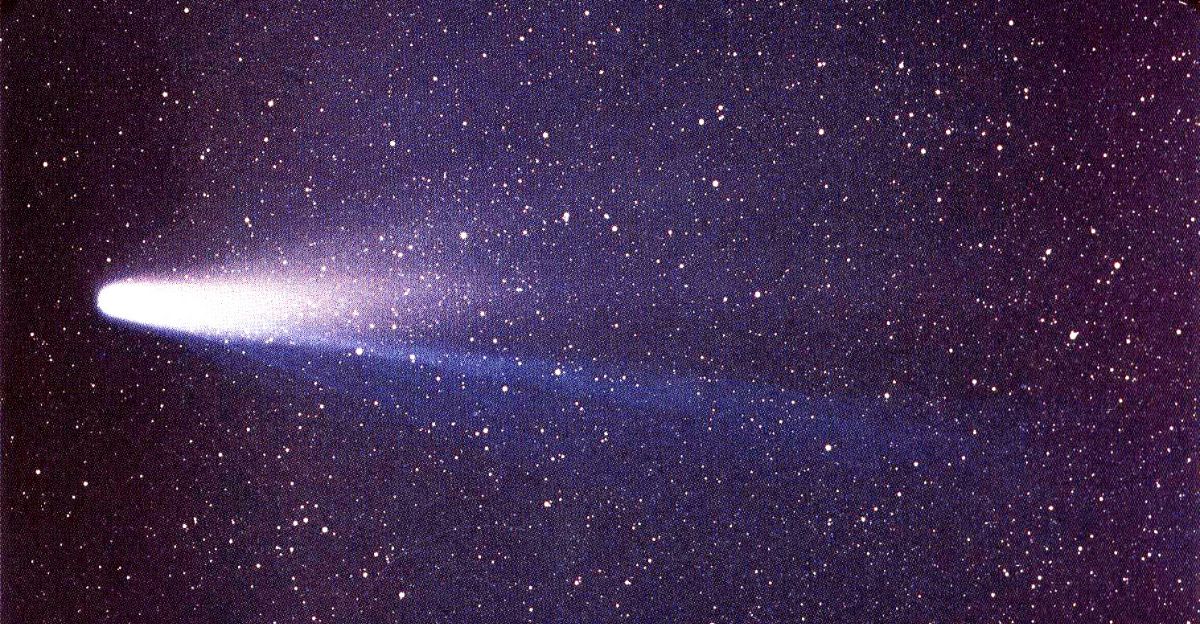
The volatile signature of 3I/ATLAS is extreme in comparison to well-studied comets such as Halley’s Comet or Hale-Bopp, which exhibit relatively balanced metal emissions and water-ice dominated activity. Unlike typical comets, which require close proximity to the Sun for metal vaporization, its nickel emission rate is noticeable at distances greater than 300 million miles from the Sun.
By requiring a reexamination of conventional outgassing thermodynamics and chemical composition theories, 3I/ATLAS distinguishes itself as a benchmark in cometary science and introduces a new class of comet behaviors.
In Conclusion
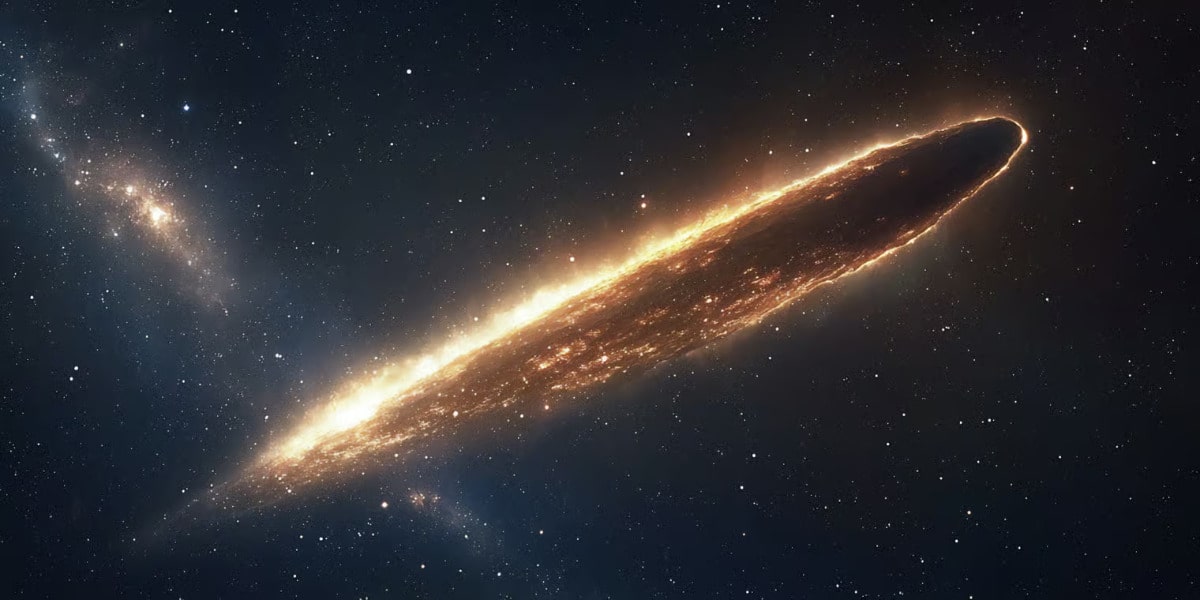
The discovery of the unusual metal signature of interstellar comet 3I/ATLAS is revolutionary, especially its pure nickel emissions devoid of iron and its carbon dioxide-rich coma. It pushes the limits of planetary science, provides hints to various galactic origins, and questions accepted cometary chemistry models.
This discovery, which embraces unconventional theories, interdisciplinary frameworks, and existential contemplation, is more than just a scientific curiosity; it is a profound revelation of the richness and diversity of the universe. Our knowledge of universal matter will be enhanced by ongoing observation and investigation of these interstellar nomads, which could also reshape humanity’s cosmic identity.